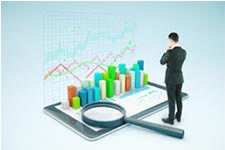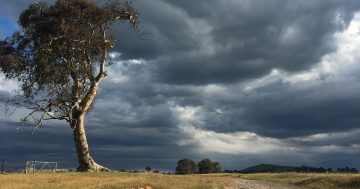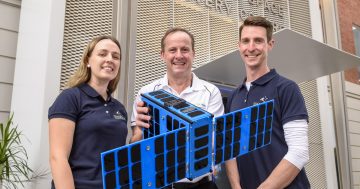By Matthew Smith*
 While the conversation of late has been around Cambridge Analytica and questions over how our data is being used, a new “smart computer” being built in Adelaide is hoping to use data mining to predict civil unrest and other major events.
While the conversation of late has been around Cambridge Analytica and questions over how our data is being used, a new “smart computer” being built in Adelaide is hoping to use data mining to predict civil unrest and other major events.
University of South Australia researchers teamed up with a large data organisation to develop a system named Carbon, with a focus on predicting — and alerting authorities to — civil unrest.
How does it work?
It sifts through vast daily data sources from websites, Twitter and Facebook streams — essentially millions of social media posts each day.
It uses a dictionary of keywords that are commonly used and when they reach a threshold, it signals a pattern which alerts researchers to a possible event.
At the moment, it is being used in relation to protests and strikes to predict when unrest or industrial action will happen.
“We train the machine with this data to try to understand the world and predict future events,” UniSA researcher Jeff Ansah said.
Have they tested it?
They have.
The Carbon system last year accurately predicted a looming bus strike, well ahead of official notifications to the public.
On 1 April 2017, commuters were warned of a planned bus strike on 4 April, six days after the UniSA system issued the prediction.
The strike would have thrown 50,000 commuters into chaos and was averted after bus operators and drivers reached an agreement.
“If we have some of these systems, we could issue warnings out to the public, you know, ahead of time, the goal is not to stop protests from happening, but to predict it ahead of time,” Mr Ansah said.
Similar forecasting systems are being developed and used in America, but they use different research and modelling.
“We are mining intelligence and knowledge from social media to train Carbon to understand how human behaviour and human interactions are able to predict events, so that we can use this knowledge to forecast future protest events,” he said.
“Data mining is extremely complex but on a very basic level, these prediction models are the scientific version of a fortune teller, if you like.”
UniSA School of Information Technology and Mathematical Sciences’ Dr Wei Kang said the system was designed to alert relevant authorities and the public.
“Based on the data we collect and analyse, we can generate fairly accurate predictions, so the police can plan for disruptive events and hopefully divert them,” Dr Kang said.
“We can also warn the public ahead of time.”
What else could it predict?
It’s believed the system could potentially be extended to predicting health outbreaks, including pandemics, as people are prone to discussing their health using hashtags like #flu.
The same analytics could mine public sentiment about products, and have impacts on the stock market, forecast traffic gridlocks and even the next latest fashions.
He believes as more data is obtained the modelling will become even more advanced and allow for higher accuracy in predicting events.
“Its uses are endless,” he said.
“The main challenges are in storing and processing such vast amounts of data to extract the right information.
“Data mining is extremely complex … they specialise in telling us when, why and where an event is going to take place and who is likely to be involved.”
* Matthew Smith is an Adelaide-based reporter for the ABC. He tweets at @MattSmithABC.
This article first appeared at www.abc.net.au.






